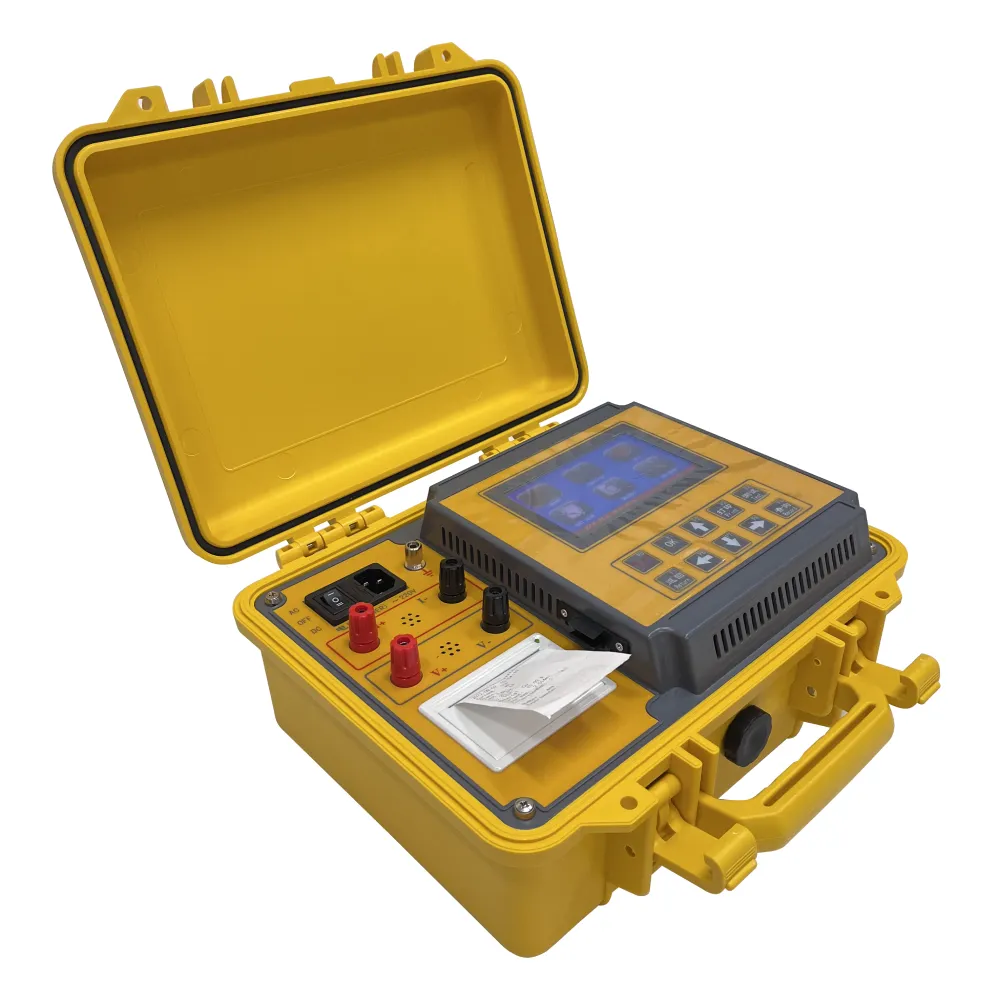 English
English


Understanding the Basics of 250V Insulation Resistance Testing for Electrical Safety Measures
Insulation Resistance Testing Understanding 250V Tests
Insulation resistance testing is a critical process in the electrical industry that ensures the safety, reliability, and performance of electrical systems. Among the various testing voltages, the 250V insulation resistance test is commonly used for medium-voltage equipment, motors, transformers, and various electrical installations. This article will explore the significance of insulation resistance testing, the process of conducting a 250V test, and the implications of the results.
The Importance of Insulation Resistance Testing
The primary purpose of insulation resistance testing is to assess the integrity of the insulation material that separates conductive parts from each other and from the ground. Over time, insulation can deteriorate due to factors such as aging, environmental conditions, mechanical stress, and contamination. A compromised insulation barrier can lead to short circuits, electrical shocks, equipment failure, and even catastrophic accidents. Thus, routine testing is essential for preventive maintenance and ensuring the safety of electrical installations.
Overview of the 250V Test
The 250V insulation resistance test utilizes a specialized instrument known as an insulation resistance tester or megohmmeter. This device applies a DC voltage of 250 volts across the insulation to measure the resistance. The test is generally conducted in a controlled environment, and it is important to ensure that the equipment being tested is powered off and properly isolated from any electrical sources to prevent any injury or damage.
Conducting a 250V Insulation Resistance Test
1. Preparation Before performing the test, inspect the insulation resistance tester to ensure it is calibrated and functional. Verify that the electrical system or equipment is de-energized and isolated.
2. Connection Connect the test leads from the insulation tester to the appropriate terminals of the equipment. Typically, one lead connects to the conductive part (such as a terminal block or wire), while the other lead is connected to the ground or the metallic casing of the equipment.
250v insulation resistance test

3. Testing Power on the insulation tester and initiate the test. The device will apply a 250V DC voltage to the insulation and measure the current that flows through it. The tester will display the insulation resistance value, which is expressed in ohms (Ω).
4. Recording Results Document the measured insulation resistance value. Industry standards often require a minimum insulation resistance of 1 megohm or higher for most applications, but this may vary depending on the specific equipment and its operating conditions.
5. Assessing Results A high insulation resistance value indicates good insulation quality, while a low resistance value (typically below 1 megohm) may suggest insulation degradation or failure. In such cases, further investigation or corrective actions are necessary.
Implications of Test Results
Interpreting the results of a 250V insulation resistance test requires understanding the context of the specific electrical system. A resistance value that is too low can indicate moisture ingress, physical damage to the insulation, or contamination. Regular testing and maintenance can help identify potential issues before they escalate into serious problems, thus enhancing safety and reliability.
Furthermore, insulation resistance testing not only safeguards equipment but also extends its lifespan and efficiency. By ensuring the integrity of insulation, operators can avoid costly repairs, reduce downtime, and maintain operational integrity.
Conclusion
The 250V insulation resistance test is a fundamental practice in electrical safety and performance monitoring. By routinely conducting these tests, electrical professionals can ensure systems operate efficiently and safely, protecting both personnel and equipment from the dangers associated with electrical failures. This proactive approach is essential in maintaining the reliability and longevity of electrical installations across various industries.
-
Differences between open cup flash point tester and closed cup flash point testerNewsOct.31,2024
-
The Reliable Load Tap ChangerNewsOct.23,2024
-
The Essential Guide to Hipot TestersNewsOct.23,2024
-
The Digital Insulation TesterNewsOct.23,2024
-
The Best Earth Loop Impedance Tester for SaleNewsOct.23,2024
-
Tan Delta Tester--The Essential Tool for Electrical Insulation TestingNewsOct.23,2024





